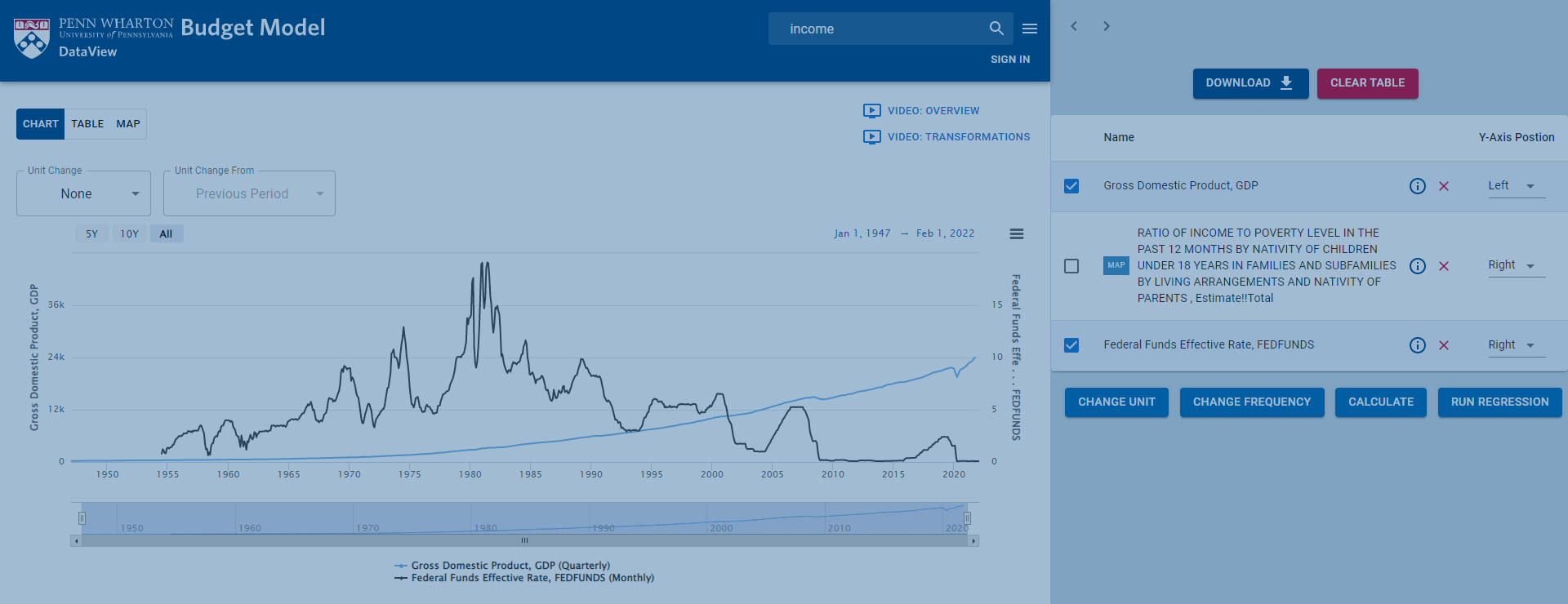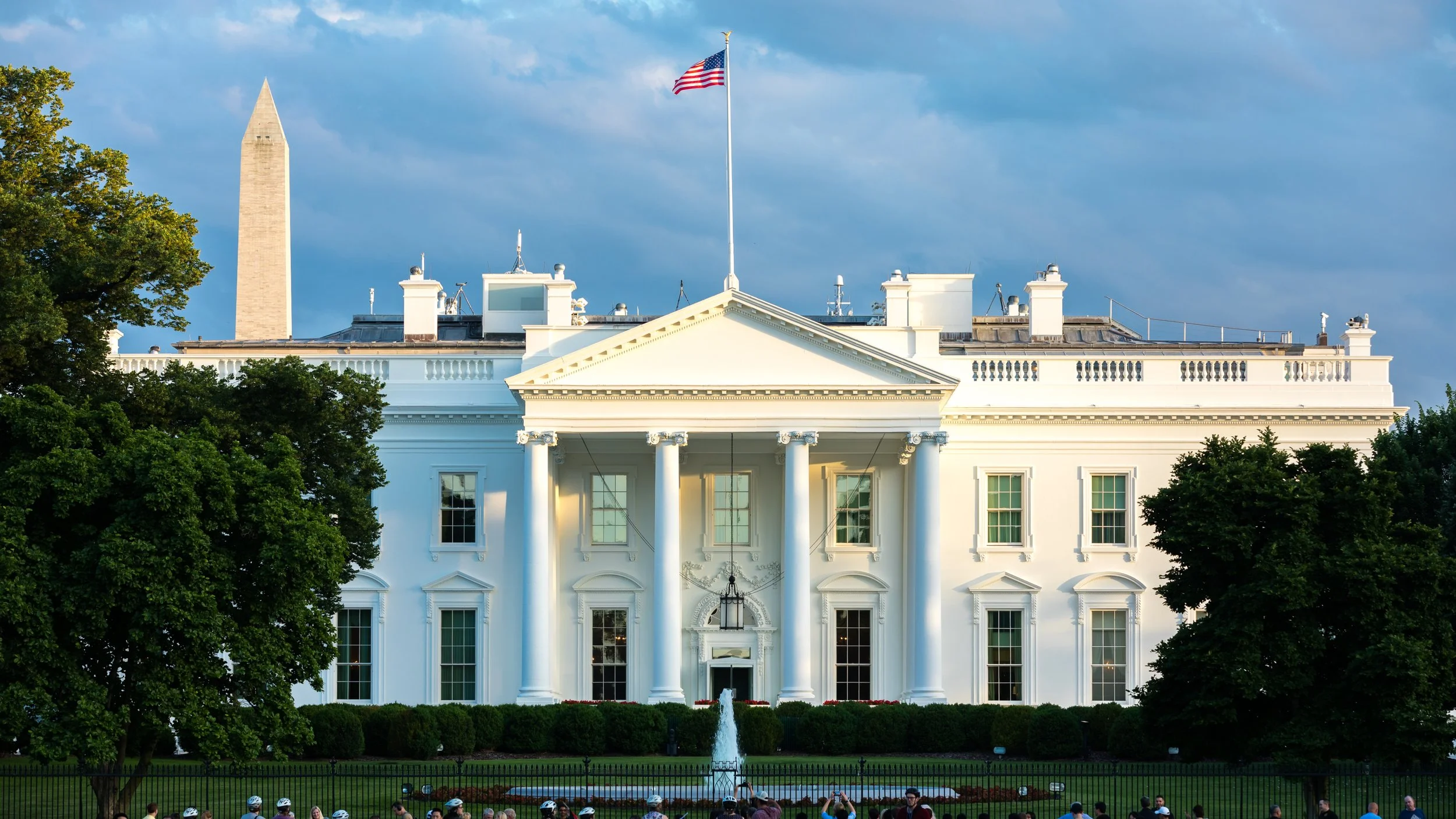PWBM and CBO find an almost identical impact of the Inflation Reduction Act of 2022 (“IRA”) on the budget, with small differences stemming from the timing of the corporate minimum tax revenue. The impact on inflation is statistically indistinguishable from zero for either estimate.
Inflation Reduction Act: Preliminary Estimates of Budgetary and Macroeconomic Effects
PWBM estimates that the Inflation Reduction Act would reduce non-interest cumulative deficits by $248 billion over the budget window with no impact on GDP in 2031. The impact on inflation is statistically indistinguishable from zero. An illustrative scenario is also presented where Affordable Care Act subsidies are made permanent. Under this illustrative alternative, the 10-year deficit reduction estimate falls to $89 billion.
Decomposing the Decline in Estate Tax Liability Since 2000
We estimate that the federal estate tax would have generated 9 times more revenue in 2019 without the tax changes in 2001 and 2017.
The U.S. Fiscal Imbalance: June 2022
We estimate that the U.S. federal government faces a permanent fiscal imbalance equal to over 10 percent of all future GDP under current law where future federal spending outpaces tax and related receipts. Federal government debt will climb to 236 percent of GDP by 2050 and to over 800 percent of GDP by year 2095 (within 75 years).
Effects of a State Gasoline Tax Holiday
We provide causal evidence that recent suspensions of state gasoline taxes in three states were mostly passed onto consumers at some point during the tax holiday in the form of lower gas prices: Maryland (72 percent of tax savings passed onto consumers), Georgia (58 percent to 65 percent) and Connecticut (71 percent to 87 percent). However, these price reductions were often not sustained during the entire holiday.
Total Cost of Universal Pre-K, Including New Facilities
We estimate that each new preschooler for a universal pre-K program requires about $21,000 in new construction costs for facilities expansion. Including non-construction costs, a universal pre-K program for three- and four-year-olds will cost about $351 billion over the 10-year budget window. If made permanent after 10 years, this program will have essentially no impact on long-run GDP. A pre-K program for just four-year-olds reduces the 10-year cost to $196 billion and slightly increases long-run GDP, if that program is made permanent.
President Biden’s FY2023 Budget Proposal: Budgetary and Economic Effects
We project that President Biden’s FY2023 Budget, taken as a whole, would reduce debt and grow the economy by 0.4 percent over time, with two major components of the Budget---"Build Back Better” and “New Provisions”---working in opposite directions.
Analysis of Carbon Emission Reductions in Build Back America
Build Back Better (BBB) Act allocates about $550 billion to climate change policies. Provisions that are funded with user fees can grow the economy while deficit financing can shrink the economy.
Introducing PWBM's DataView
DataView is a powerful new tool that simplifies collecting, visualizing, and analyzing government and other public data:
Search across millions of data series available from dozens of sources.
Transform and combine data as desired using simple “point and click”.
Visualize your data with graphs, tables, scatterplots, and animated US maps.
Test your ideas using integrated regression analysis.
Create an account to save your work for later as well as share with others.
Capital Gains Taxation and Deferral: Revenue Potential of Reform
This brief examines different approaches to removing the capital gains “lock-in effect” within a realization-based tax framework. We estimate that this change would produce between $115 billion and $357 billion in additional tax revenue over the next 10 years, depending on the exact design.
The Impact of the Build Back Better Act (H.R. 5376) on Inflation
PWBM projects that the spending and taxes in the Build Back Better Act (H.R. 5376), as written, would add up to 0.2 percentage points to inflation over the next two years and reduce inflation by similar amounts later in the decade. As an illustrative alternative, if temporary major spending provisions were made permanent, the bill would add up to a third of a percentage point to near-term inflation and have a negligible impact on inflation later in the decade.
H.R. 5376, Build Back Better Act: Budget and Macroeconomic Effects
PWBM estimates that H.R. 5376, the Build Back Better Act, would increase spending by $2.1 trillion over the 10-year budget window while increasing revenue by $1.8 trillion, for a 10-year deficit of $274 billion. By 2050, the proposal would decrease GDP by 0.2 percent, relative to current law.
Senator Wyden’s Billionaires Income Tax: Budgetary Effects
PWBM projects that Sen. Wyden’s billionaire income tax proposal would raise $507 billion over the budget window, more than half of which would come from a one-time transition tax on previously accrued, unrealized capital gains on publicly traded assets.
Macroeconomic Effects of the White House Build Back Better Budget Reconciliation Framework
PWBM estimates that the White House’s Build Back Better reconciliation framework would increase spending by $1.87 trillion over the 10-year budget window and revenues by $1.56 trillion over the same period. By 2050, the proposal would increase federal debt by 2.0 percent and decrease GDP by 0.1 percent, relative to the current law baseline.
Expanding the Child Tax Credit: Budgetary, Distributional, and Incentive Effects
PWBM projects the House Ways and Means Committee proposal to temporarily extend the 2021 Child Tax Credit design would provide an average 2022 refundable tax cut of $2,785 to 78 percent of households with children at a budgetary cost of $545 billion over the 10-year budget window. Changes to phase-out and phase-in thresholds would reduce the budgetary cost but also reduce the size of the tax cuts.
Can Higher Inflation Help Offset the Effects of Larger Government Debt?
Higher inflation reduces the real value of the government’s outstanding debt while increasing the tax burden on capital investment due to lack of inflation indexing. Increasing the current annual inflation target regime from 2 percent to 3 percent inflation reduces debt while lowering GDP.
Revenue and Profit Shifting for the U.S. in a Global Minimum Tax Agreement
PWBM estimates that tax policy changes in low-tax countries in response to the recent OECD global minimum tax deal could cost the U.S. as much as 50 percent of its minimum tax revenue.
Sens. Manchin and Schumer’s 2021 Senate Budget Reconciliation Agreement: Macroeconomic and Distributional Effects
PWBM projects that the long-run aggregate macroeconomic effects of Senator Joe Manchin's $1.5T reconciliation framework would be negligible. The economic benefits would largely accrue to younger, poorer households while the economic costs would fall mostly on richer households.
Incentives to Shift U.S. Multinational Profits to Foreign Countries under Tax Changes Proposed by House Ways and Means Committee
We project that recent tax reforms proposed by the House Ways and Means Committee would increase the incentive of U.S. firms to shift intangible investments and profits to foreign countries with a tax rate below 20.7 percent.
Effective Tax Rates on U.S. Multinationals’ Foreign Income under Proposed Changes by House Ways and Means and the OECD
The House Ways and Means Committee reforms proposed as part of budget reconciliation would more than triple the U.S. tax rate on multinationals’ foreign income and produce a higher rate than a proposed global agreement currently being negotiated through the OECD.





















